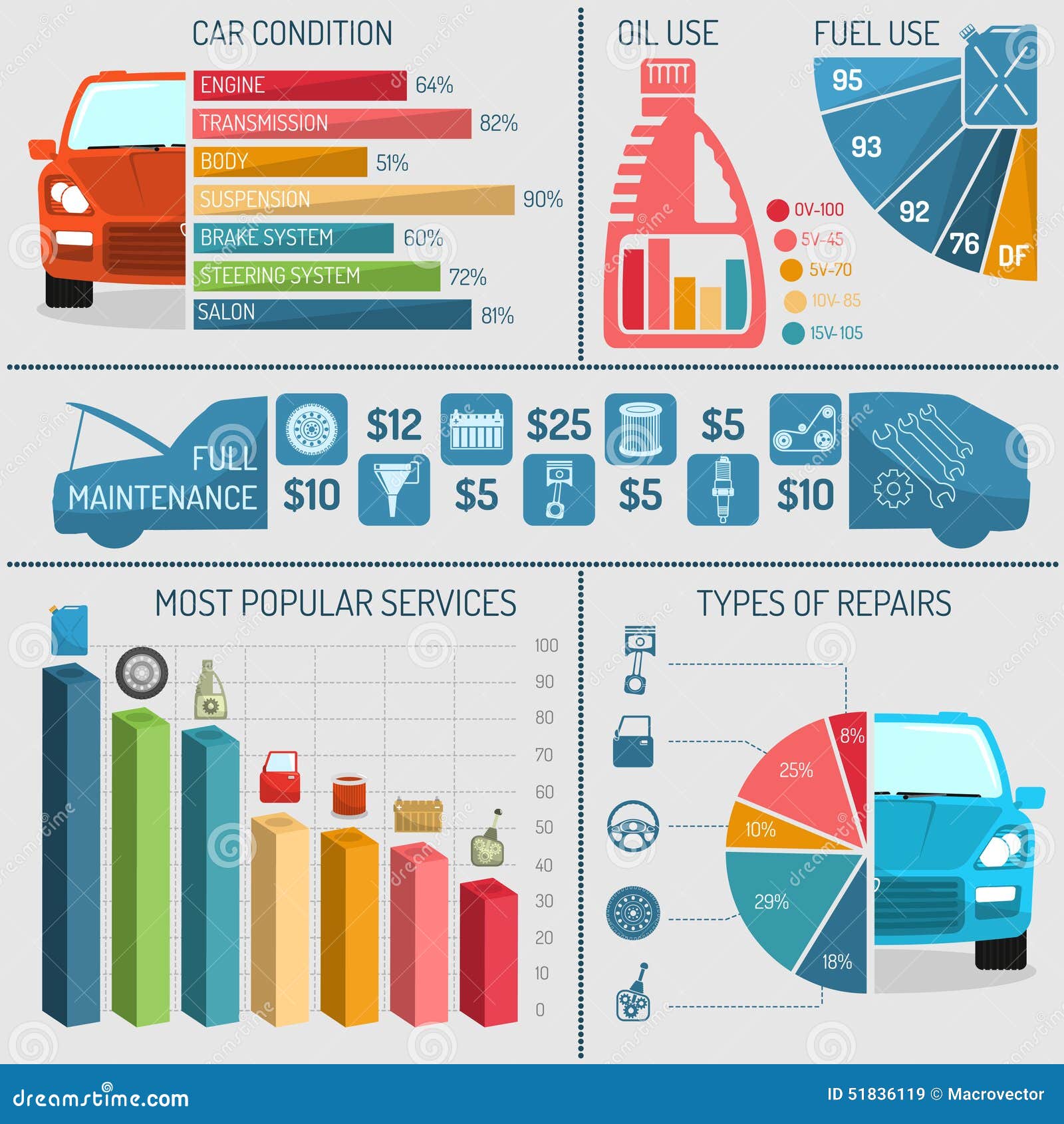Translating Your Vehicle'S Caution Indicators: What They Truly Represent
Translating Your Vehicle'S Caution Indicators: What They Truly Represent
Blog Article
Web Content Author-Faulkner Corbett
When you're behind the wheel, those beautiful warning lights on your dashboard can be a little bit puzzling. Do you understand what they're attempting to tell you about your car's wellness? Recognizing the importance of these lights is essential for your safety and the durability of your automobile. So, the next time among those lights pops up, would not you wish to decipher its message accurately and take the needed steps to resolve it?
Common Caution Lights and Interpretations
Recognize usual caution lights in your auto and understand their definitions to ensure risk-free driving.
One of the most normal warning lights consist of the check engine light, which signals concerns with the engine or exhausts system. If this light comes on, it's essential to have your lorry inspected quickly.
motorhome detailers warning light shows low oil stress, requiring immediate attention to stop engine damages.
carwashplaces blinking battery light might suggest a defective billing system, possibly leaving you stranded if not attended to.
The tire pressure surveillance system (TPMS) light informs you to reduced tire stress, affecting vehicle security and fuel performance. Disregarding this could result in dangerous driving problems.
The abdominal muscle light suggests an issue with the anti-lock stopping system, endangering your ability to quit promptly in emergencies.
Finally, the coolant temperature level cautioning light warns of engine getting too hot, which can lead to extreme damages otherwise resolved swiftly.
Comprehending these usual caution lights will certainly assist you deal with problems quickly and keep secure driving conditions.
Value of Prompt Attention
Understanding the typical warning lights in your auto is only the initial step; the significance of immediately resolving these warnings can't be emphasized sufficient to guarantee your safety on the road.
When a warning light illuminates on your control panel, it's your car's way of communicating a possible issue that needs attention. Ignoring these warnings can lead to more severe troubles in the future, jeopardizing your security and possibly costing you a lot more out of commission.
Trigger interest to alerting lights can prevent breakdowns and accidents. For example, a flashing check engine light could indicate a misfire that, if left unattended, could cause damage to the catalytic converter. Resolving this without delay can save you from a costly repair.
In a similar way, a brake system alerting light may signify reduced brake fluid or used brake pads, vital parts for your safety when driving.
DIY Troubleshooting Tips
If you observe a warning light on your dashboard, there are a few DIY fixing tips you can try before seeking expert assistance.
The primary step is to consult your automobile's guidebook to comprehend what the certain caution light suggests. In some cases the problem can be as straightforward as a loose gas cap activating the check engine light. Tightening up the gas cap may settle the issue.
One more usual issue is a reduced battery, which can cause various warning lights. Inspecting the battery connections for corrosion and guaranteeing they're safe and secure could repair the problem.
If a warning light continues, you can try resetting it by disconnecting the vehicle's battery for a couple of minutes and afterwards reconnecting it. Additionally, inspecting car seat cleaning , such as oil, coolant, and brake liquid, can aid repair advising lights related to these systems.
Conclusion
In conclusion, understanding your auto's caution lights is vital for keeping your automobile running smoothly and safely. By promptly resolving these notifies and understanding what they suggest, you can prevent pricey fixings and possible breakdowns.
Bear in mind to consult your automobile's manual for certain information on each cautioning light and take action accordingly to ensure a trouble-free driving experience.
Stay informed, stay risk-free on the road!
